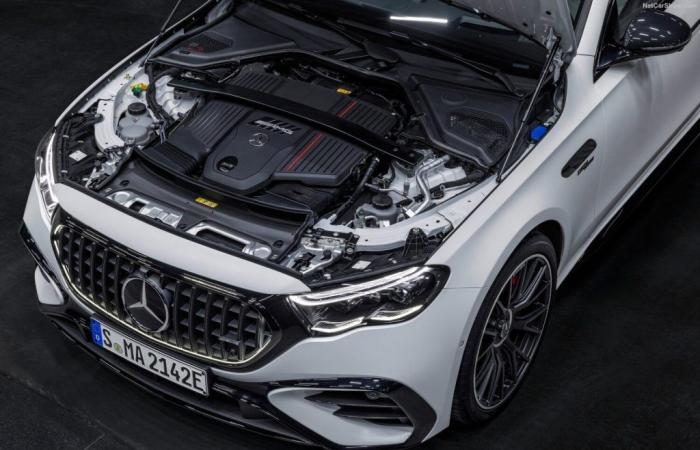Mercedes-Benz has announced a significant strategic shift in its technology investments. The company is investing heavily and continues to invest in combustion engines.
Mercedes-Benz is at a strategic crossroads, investing heavily in internal combustion engines while strengthening its capabilities in electric drive technologies. This dual approach reflects both a commitment to innovation and a careful adaptation to today’s market realities.
As the automotive landscape continues to evolve, Mercedes’ strategy may well serve as a model for other automakers looking to balance tradition and modernity in their product offerings.
Continued investments in combustion engines at Mercedes-Benz
As demand for electric vehicles slows, Mercedes-Benz is investing heavily in the development of its combustion engines. CEO Ola Kallenius told Wirtschaftswoche that The company is said to be investing around 14 billion euros this year to develop and improve its internal combustion engines. These investments are aimed at both factories and research and development, which aims to improve the powertrain of Mercedes’ hybrid cars so that they remain relevant for much of the next decade.
Mercedes has spent a considerable sum on the facelift of its flagship model, the S-Class, scheduled for release in mid-2026. “Our engines will always be at the highest technological level. If this were not the case, our activity in the field of combustion engines would suddenly stop in 2027/28”he added. This determination at Mercedes is essential to maintain the company’s competitiveness in the thermal vehicle market. Mercedes-Benz is therefore moving towards a “de-electrification” of its range.
The company had initially planned that 100% of its sales would be fully electric vehicles by 2030, subject to market conditions. However, adjustments have been made. Kallenius said the company now expects only 50% of its sales to be electrified vehicles, including hybrids, by the end of the decade..
What are the implications for the industry?
This revision of the objectives reflects a market reality where the demand for fully electric vehicles has not increased as quickly as expected. Charging infrastructures and questions related to the autonomy of electric vehicles remain significant obstacles to their mass adoption. Not to mention the prices of electric vehicles, which are generally higher. Manufacturers have understood that there will be no mass adoption of electric vehicles without low prices, which is why brands like Renault are preparing to launch low-cost models, hoping to win the hearts and wallets of customers.
Mercedes’ decision to continue investing in combustion engines while expanding its electric vehicle portfolio shows a prudent and above all balanced strategyThis allows the company to remain flexible and adapt to market changes over the long term, while preparing for a future where electric motors will (perhaps) play a predominant role.
However, this hybrid approach could also pose problems. The resources devoted to both types of technologies can dilute the impact and slow progress in each area. Nevertheless, for Mercedes, it seems that this duality is the way forward to maintain its leadership position in the automotive industry while navigating the uncertain waters of the energy transition that lie ahead.






